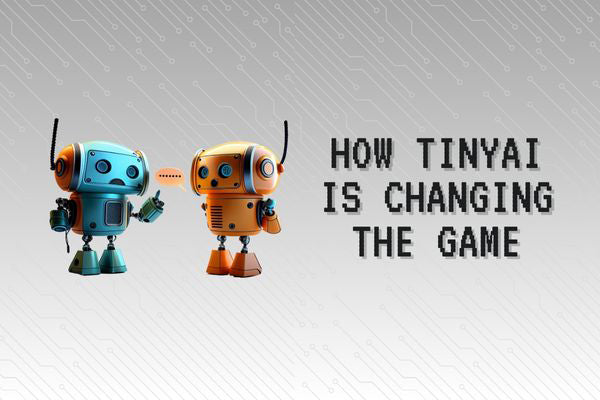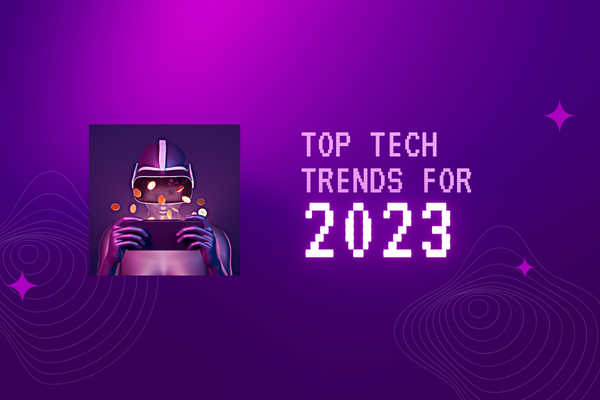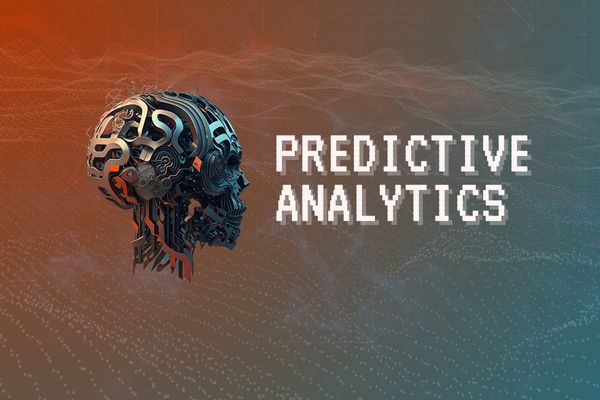
How TinyAI is Changing the Game :Balancing Innovation with Responsibility
The advent of artificial intelligence has ushered in a new era of the internet age. In healthcare, AI algorithms have been used to develop more accurate diagnostic tools, leading to earlier detection and treatment of diseases. In finance, AI-powered fraud detection systems have reduced instances of financial fraud, saving companies billions of dollars. And in entertainment, AI-driven recommendation systems have helped users discover new content, leading to increased engagement and revenue for content providers. With advancements in machine learning and natural language processing, the potential uses of AI are endless.
However, we don’t live in a world of magic bullets and as such, the usage of AI brings with it some ramifications, chief among which is the burden it puts on the environment. The energy demands required to train and run large AI models can be substantial, consuming significant amounts of electricity and contributing to greenhouse gas emissions. In addition, the manufacturing and disposal of hardware components needed for AI, such as GPUs, also generate e-waste that can harm the environment.
This is combated by developing more energy-efficient algorithms and hardware, such as low-power processors and specialized chips designed specifically for AI tasks. Another approach has been to use renewable energy sources, such as solar and wind power, to power the data centers that run AI applications. Additionally, organizations are implementing strategies to reduce the carbon footprint of their AI systems, such as using more efficient cooling systems and optimizing the placement of servers. The big thing though, has been to go small, and that is where TinyAI has stepped in.
TinyAI aims to address the challenges faced by traditional AI by developing machine learning algorithms and models that are optimized for low-power and memory-constrained devices. These models are designed to be lightweight, efficient, and require minimal resources to run, making it possible to deploy AI applications in a wider range of devices and settings.
As the field grows, developers are facing the challenge of creating models that can run on low-power devices without sacrificing performance or accuracy. One solution to this problem is the development of tiny AI models, which are built using specialized techniques that reduce the size and complexity of traditional AI models. Knowledge distillation, pruning, and quantization are just some of the approaches being used to create these models. Additionally, researchers are exploring more efficient hardware, such as neuromorphic chips and FPGAs, to run these models with lower power consumption and higher speed.
One of the biggest advantages of TinyAI is its ability to operate with limited memory and power. This makes it ideal for use in small devices such as wearables and IoT sensors, where battery life and power consumption are critical factors. Another major benefit of TinyAI is its potential to enhance privacy and security. By processing data locally on the device rather than transmitting it to a central server, TinyAI can help protect sensitive information and prevent data breaches. This makes it an attractive option for use in industries such as finance and healthcare, where data security is of utmost importance.
The future of tinyAI is promising, as developers continue to explore new techniques and applications for these compact and efficient AI models. One area of focus is on the development of specialized hardware, such as neuromorphic chips, that are designed specifically for running tinyAI models with high efficiency and low power consumption. In addition, there is growing interest in the potential applications of tinyAI across a wide range of industries and domains. For example, tinyAI models could be used in medical devices to monitor patient health and diagnose illnesses, in autonomous vehicles to improve safety and efficiency, and in energy systems to optimize power consumption.
The potential applications for TinyAI are vast, ranging from medical devices to home automation systems. As these models become more widely available and user-friendly, we can expect to see even more innovative use cases emerge. However, there are also important ethical and social considerations that need to be addressed, such as ensuring that these models are fair, transparent, and accessible to all.
Despite these challenges, the future of TinyAI looks bright. With continued investment and innovation, we may see a world where AI is truly ubiquitous, embedded into every aspect of our lives in ways that are both seamless and empowering. Whether it's improving healthcare outcomes or enhancing the user experience of our devices, TinyAI has the potential to transform our world in countless ways, and it's only just getting started.




Leave a comment
This site is protected by hCaptcha and the hCaptcha Privacy Policy and Terms of Service apply.